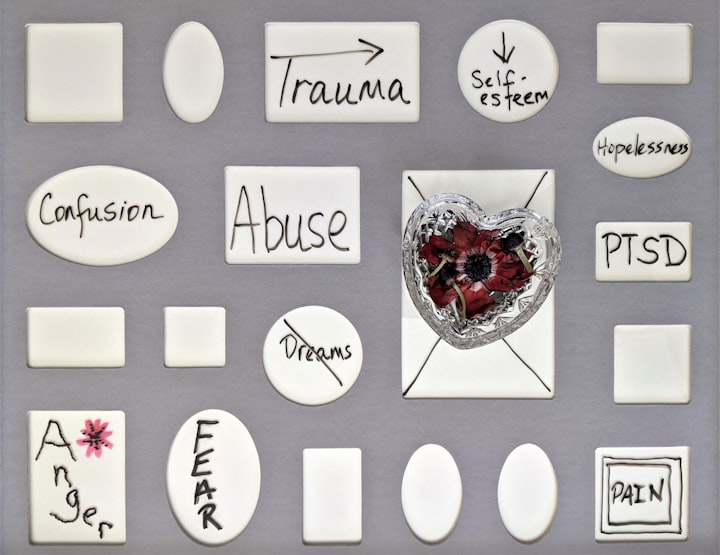Taj Hotel Attack
The 2008 Mumbai attacks were a series of terrorist attacks that took place in November 2008, when 10 members of Lashkar-e-Taiba, an Islamist terrorist organisation from Pakistan, carried out 12 coordinated shooting and bombing attacks lasting four days across Mumbai.

The 2008 Mumbai attacks[13] (also referred to as 26/11)[14][a] were a series of terrorist attacks that took place in November 2008, when 10 members of Lashkar-e-Taiba, an Islamist[15] terrorist organisation from Pakistan, carried out 12 coordinated shooting and bombing attacks lasting four days across Mumbai.[16][17][18] The attacks, which drew widespread global condemnation, began on Wednesday 26 November and lasted until Saturday 29 November 2008. A total of 175 people died, including nine attackers, and more than 300 were wounded.[4][5][19]
Eight of the attacks occurred in South Mumbai: at Chhatrapati Shivaji Terminus, the Oberoi Trident, the Taj Palace & Tower,[2] the Leopold Cafe, the Cama Hospital,[2] the Nariman House,[20][21] the Metro Cinema,[22] and in a lane behind the Times of India building and St. Xavier's College.[2] There was also an explosion at Mazagaon, in Mumbai's port area, and in a taxi at Vile Parle.[23] By the early morning of 28 November, all sites except for the Taj Hotel had been secured by the Mumbai Police and security forces. On 29 November, India's National Security Guards (NSG) conducted Operation Black Tornado to flush out the remaining attackers; it culminated in the death of the last remaining attackers at the Taj Hotel and ended the attacks.[24]
Ajmal Amir Kasab,[25] the sole surviving attacker, disclosed that the attackers were members of the terrorist group Lashkar-e-Taiba,[26] among others.[27] The Government of India stated that the attackers came from Pakistan, and their controllers were in Pakistan.[28] Pakistan later confirmed that the sole surviving perpetrator of the attacks was a Pakistani citizen.[29][30] On 9 April 2015, the foremost ringleader of the attacks, Zakiur Rehman Lakhvi, was released on bail and disappeared;[31] he was arrested again in Lahore on 2 January 2021.[32][33] In 2018, former Pakistani prime minister Nawaz Sharif suggested that the Pakistani government played a role in the 2008 Mumbai attack.[34]
Background
One of the bomb-damaged coaches at the Mahim station in Mumbai during the 11 July 2006 train bombings
Terrorist attacks in Mumbai
There had been many terrorist attacks in Mumbai since the 13 coordinated bomb explosions that killed 257 people and injured 700 on 12 March 1993.[35] The 1993 attacks were carried out in revenge for earlier religious riots that killed many Muslims.[36]
On 6 December 2002, a blast in a BEST bus near Ghatkopar station killed two people and injured 28.[37] The bombing occurred on the 10th anniversary of the demolition of the Babri Mosque in Ayodhya.[38] A bicycle bomb exploded near the Vile Parle station in Mumbai, killing one person and injuring 25 on 27 January 2003, a day before the visit of the Prime Minister of India Atal Bihari Vajpayee to the city.[39] On 13 March 2003, a day after the 10th anniversary of the 1993 Bombay bombings, a bomb exploded in a train compartment near the Mulund station, killing 10 people and injuring 70.[40] On 28 July 2003, a blast in a BEST bus in Ghatkopar killed 4 people and injured 32.[41] On 25 August 2003, two bombs exploded in South Mumbai, one near the Gateway of India and the other at Zaveri Bazaar in Kalbadevi. At least 44 people were killed and 150 injured.[42] On 11 July 2006, seven bombs exploded within 11 minutes on the Suburban Railway in Mumbai,[43] killing 209 people, including 22 foreigners[44][45][46] and more than 700 injured.[47][48] According to the Mumbai Police, the bombings were carried out by Lashkar-e-Taiba and Students Islamic Movement of India (SIMI).[49][50]
Training
A group of men, sometimes stated as 24 and at other times 26,[51] received training in marine warfare at a remote camp in mountainous Muzaffarabad in Pakistan. Part of the training was reported to have taken place on the Mangla Dam reservoir in Pakistan.[52]
The recruits went through the following stages of training, according to Indian and US media reports:
Psychological: Indoctrination to Islamist Jihadi ideas, including imagery of atrocities suffered by Muslims in India,[53] Chechnya, Palestine and across the globe.
Basic Combat: Lashkar's basic combat training and methodology course, the Daura Aam.
Advanced Training: Selected to undergo advanced combat training at a camp near Mansehra, a course the organisation calls the Daura Khaas.[53] According to an unnamed source at the US Defense Department this includes advanced weapons and explosives training supervised by former members of the Pakistan Army,[28] along with survival training and further indoctrination.





Comments
There are no comments for this story
Be the first to respond and start the conversation.